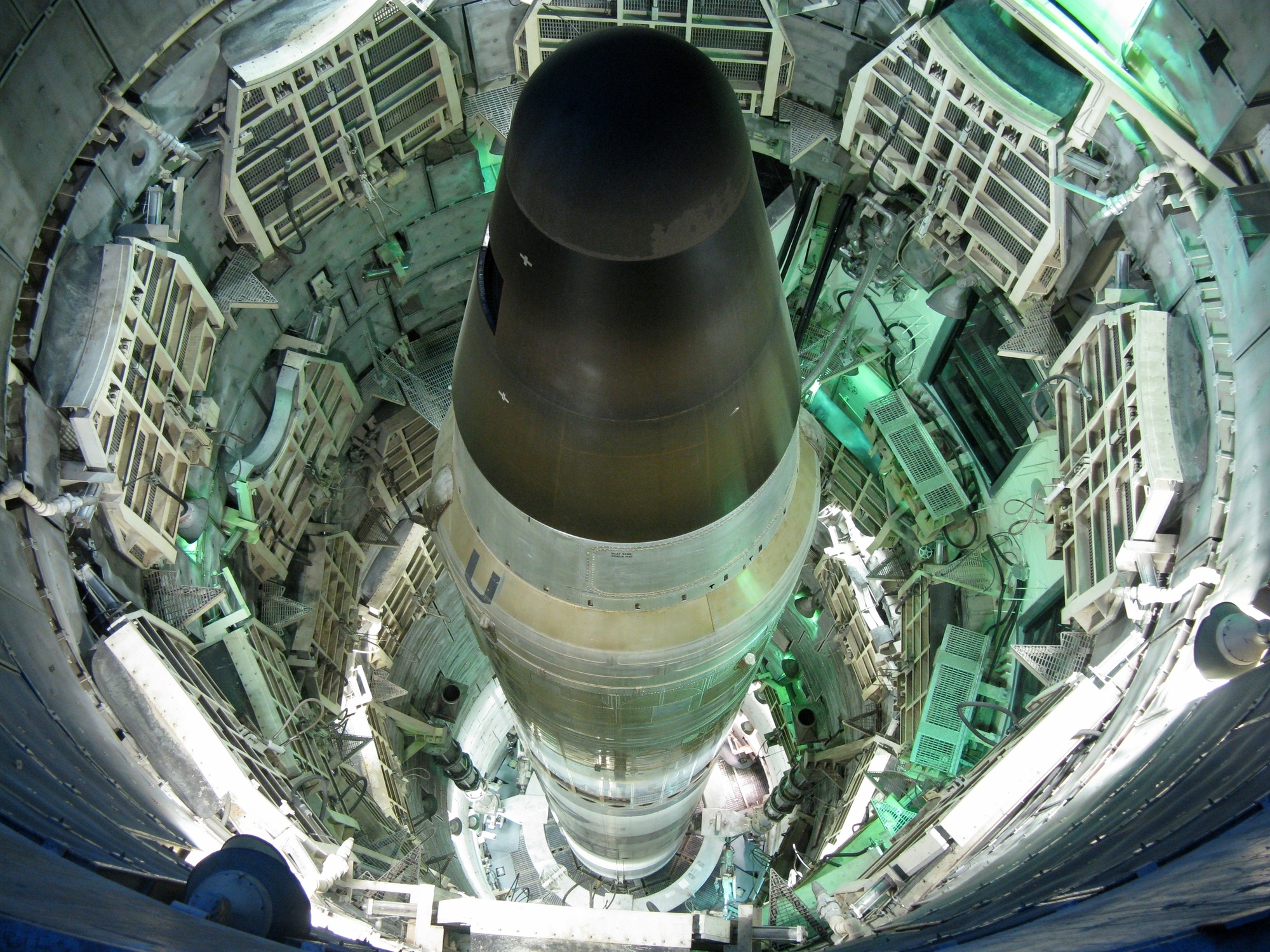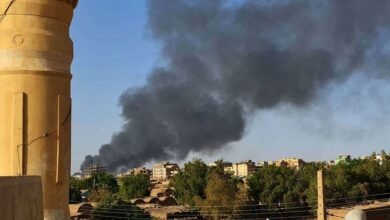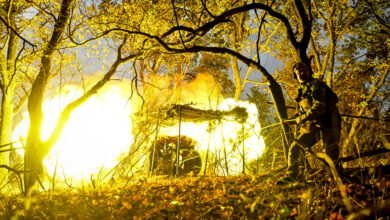US Publishes Memo on Toxic Chemicals in Air Force Missile Facilities
The US Air Force Global Strike Command (AFGSC) has issued a memorandum on the presence of polychlorinated biphenyls (PCBs) at its missile facilities.
PCBs are a group of synthetic chlorinated hydrocarbon compounds introduced into manufacturing in the 1930s and banned in the 1970s due to potential hazards.
AFGSC’s memorandum is intended for personnel who have worked in US Air Force missile centers and need to disclose their potential exposure to the chemical with their respective healthcare providers or the US Department of Veterans Affairs.
Sites mentioned include bases in Montana, Wyoming, California, Arizona, Arkansas, Kansas, and North and South Dakota.
These locations incorporate active and inactive air force missile wings with present or past work records associated with developing the Pentagon’s Titan, Peacekeeper, and Minuteman intercontinental ballistic missiles.

Polychlorinated Biphenyl
PCBs are used for plasticizers, pigments, dyes, copy papers, as well as heat, electrical, or pressure-enabled equipment due to their chemical stability, high-boiling point, and non-flammability, according to the US Environmental Protection Agency.
PCBs vary in toxicity levels, come in oil to waxy solid forms, and have no smell or taste.
Most of the negative impacts related to the compounds have been observed only in people who were exposed to concentrated PCBs.
In animals, PCBs can cause cancer and other severe, non-cancer effects on the reproductive, immune, nervous, and endocrine systems.
‘Starting Point’
The PCB memorandum outlined the environmental health surveys the agency’s School of Aerospace Medicine—Missile Community Cancer Study team conducted.
Out of the 1,000 swabs from different facilities, 71 samples contained PCB traces. Four of the positives were detected above the remediation standards of the US Code of Federal Regulations.

The research noted that PCBs persisted in covered locations “despite comprehensive removal efforts in the 1990s,” the agency wrote.
“One of the consistent concerns we’ve heard … is that servicemembers, retirees and veterans have trouble explaining their concerns over potential exposure to toxic chemicals with their healthcare providers, especially civilian providers who don’t have access to military medical databases,” AFGSC Surgeon General Col. Gregory Coleman explained.
“While this memorandum from Global Strike Command cannot capture the specifics of any individual Airman or Guardian’s service in the missile fields, it can serve as a starting point for discussions and documentation of potential exposure.”
‘Small Step’
The air force said the PCB memo will remain available on the Missile Community Cancer Study website. The agency also encourages airmen and guardians to obtain personal copies of the paper.
“I understand the frustration and difficulty that former servicemembers can experience while trying to get care for conditions related to their military service,” AFGSC Commander Gen. Thomas Bussiere stated.
“Documenting potential exposures is a small step we can take to hopefully make that process easier for our Air Force and Space Force veterans.”












